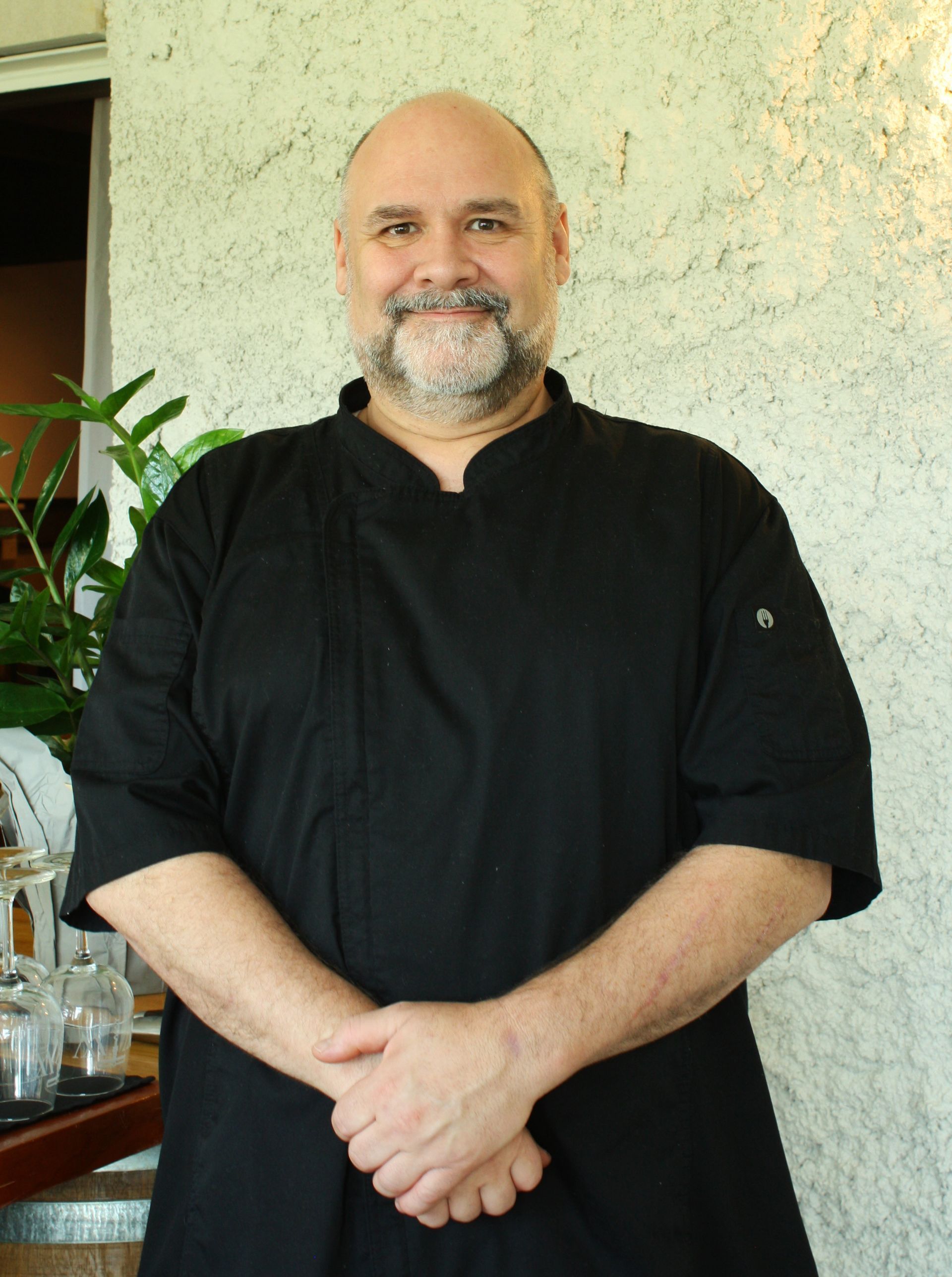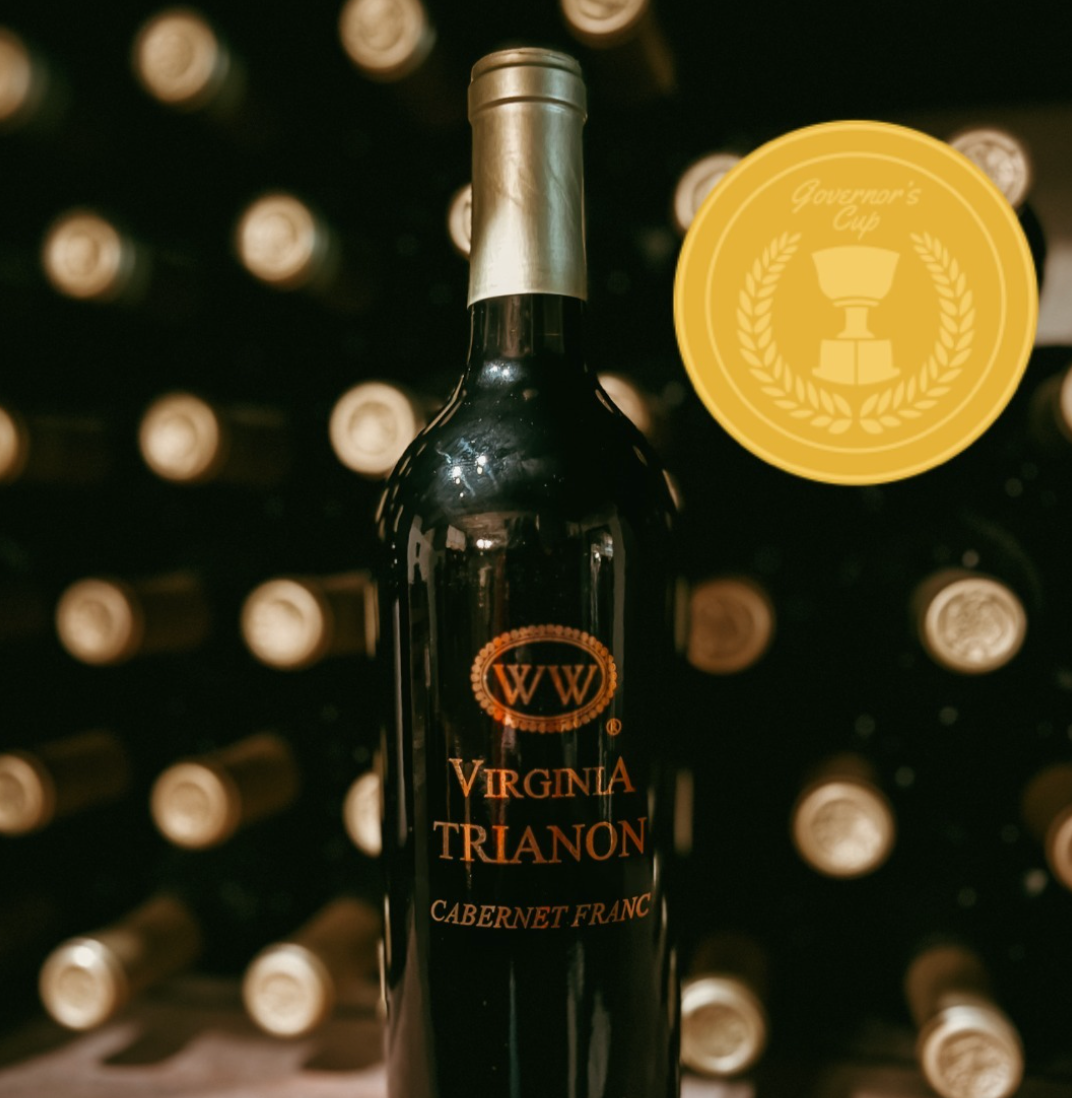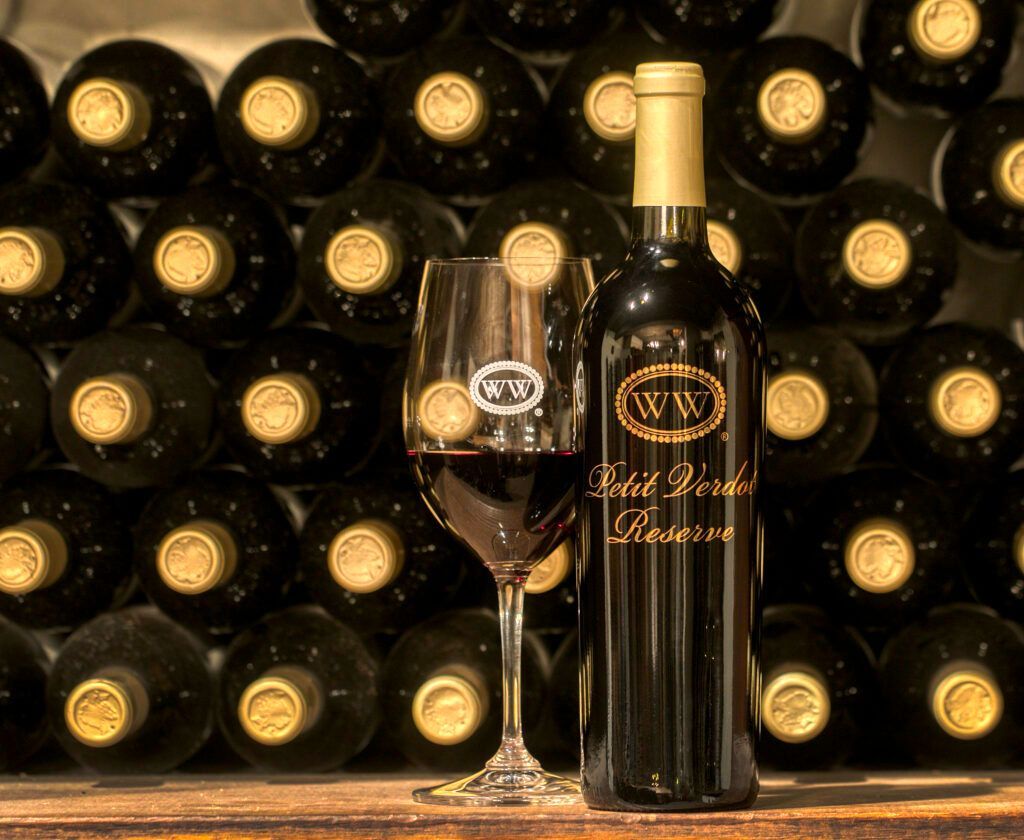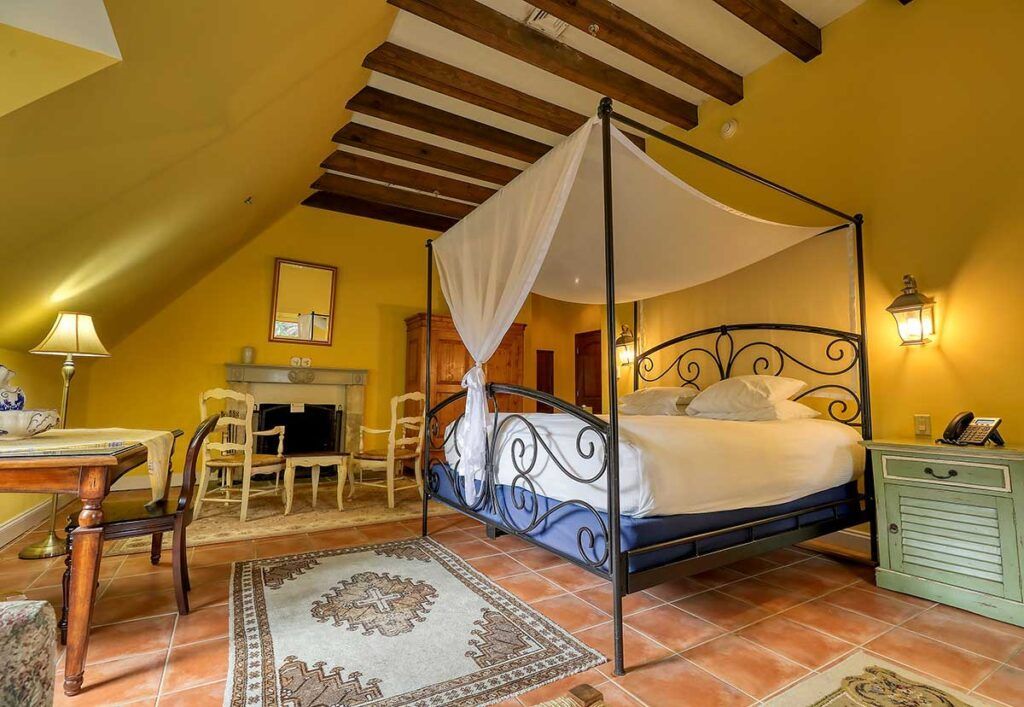Patrick Duffeler’s purchase of a farm in 1983 started the Williamsburg Winery story, though the history of Virginia wine extends back centuries from that on the very same land.
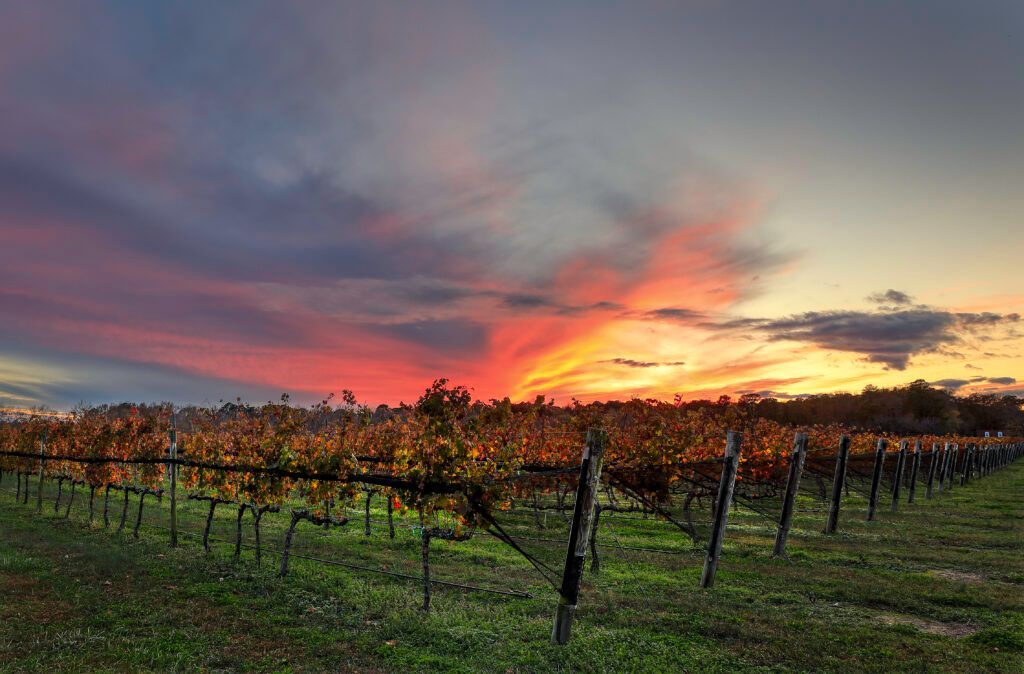
Making wine in the New World started with the first colony in Jamestown in 1609 when the earliest settlers, hopeful of producing a cash crop, planted vines on the land that today occupies the Wessex Hundred farm. That early attempt wasn’t successful.
The next British attempt to foster a wine industry in the colonies stems from an edict made in 1619. The House of Burgesses required every landowner to plant at least 10 vines in the name of King James, known as the Twelfth Acte of 1619. Four hundred years ago, abiding by the Twelfth Acte, settler John Johnson planted the first grapevines in an area named for the German who owned the land at the time, Jochen. Surrounded by water on three sides, the land — where today grapes thrive as part of Wessex Hundred — received the name “Jochen’s Neck” or Jockey’s Neck. Johnson’s was another unsuccessful effort, though certainly worth noting. Duffeler commemorated it with the naming of the 1619 Pavilion, which opened in 2019.
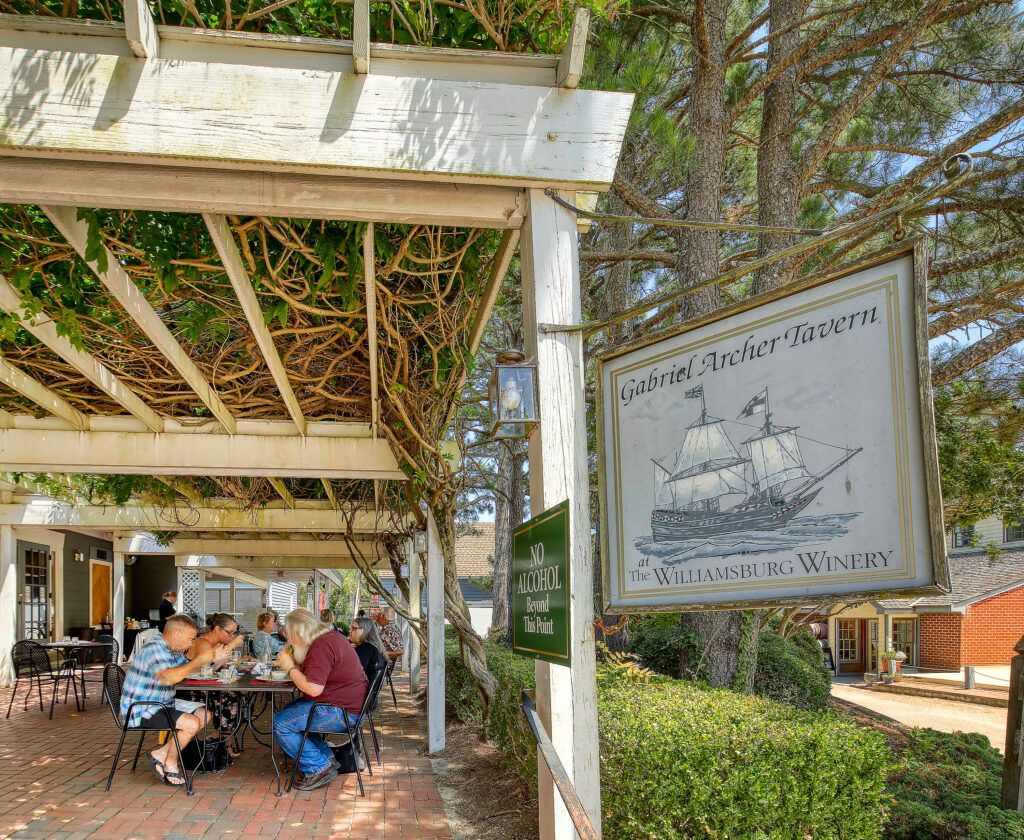
The names of the various buildings that comprise the winery all have historical significance. The Gabriel Archer Tavern is named for British explorer Gabriel Archer, who wanted what was called Archer’s Hope to be where the first settlement would be (he was overruled by Capt. John Smith, who favored Jamestown). Part of Wessex Hundred is on Archer’s Hope, and as homage to that the winery’s signature Bordeaux-style blend is the Gabriel Archer Reserve.
The names of many of the winery’s’ wines also reflect history. The Acte 12 Chardonnay, made from 100% Virginia grapes, is among the winery’s signature releases. Two Shilling Red also refers to the 1600s, the amount of rent paid to the crown for the land, which now occupies the Williamsburg Winery.
The Norton celebrates America’s oldest wine grape, first cultivated in Richmond in the 1820s.
Cattle, grain and beans became the primary crops over the next two centuries until Patrick and Peggy Duffeler’s exhaustive search for a farm narrowed down a field of 52 to one — Wessex Hundred. The use of “Hundred” to name a property dates back to the Colonial era and describes parcels of land sufficient to support 100 families regardless of actual acreage.
The Williamsburg Winery planted its first trial vineyard, a Chardonnay varietal, on a gentle South facing slope in 1985 but few predicted Virginia would emerge as a significant grape growing region.
There were only a handful of wineries in the Commonwealth, but Duffeler dismissed the doubters, passionate about continuing the legacy that began several centuries prior. Forty years ago, he was neither a viticulturist nor a winemaker but as a businessman who had achieved success in motor racing and the fragrance industry, he had the acumen to do his homework and find experts in viticulture. Pioneers persevere. Duffeler persevered.
In 1988, the Williamsburg Winery released the Governor’s White, still its most popular wine.
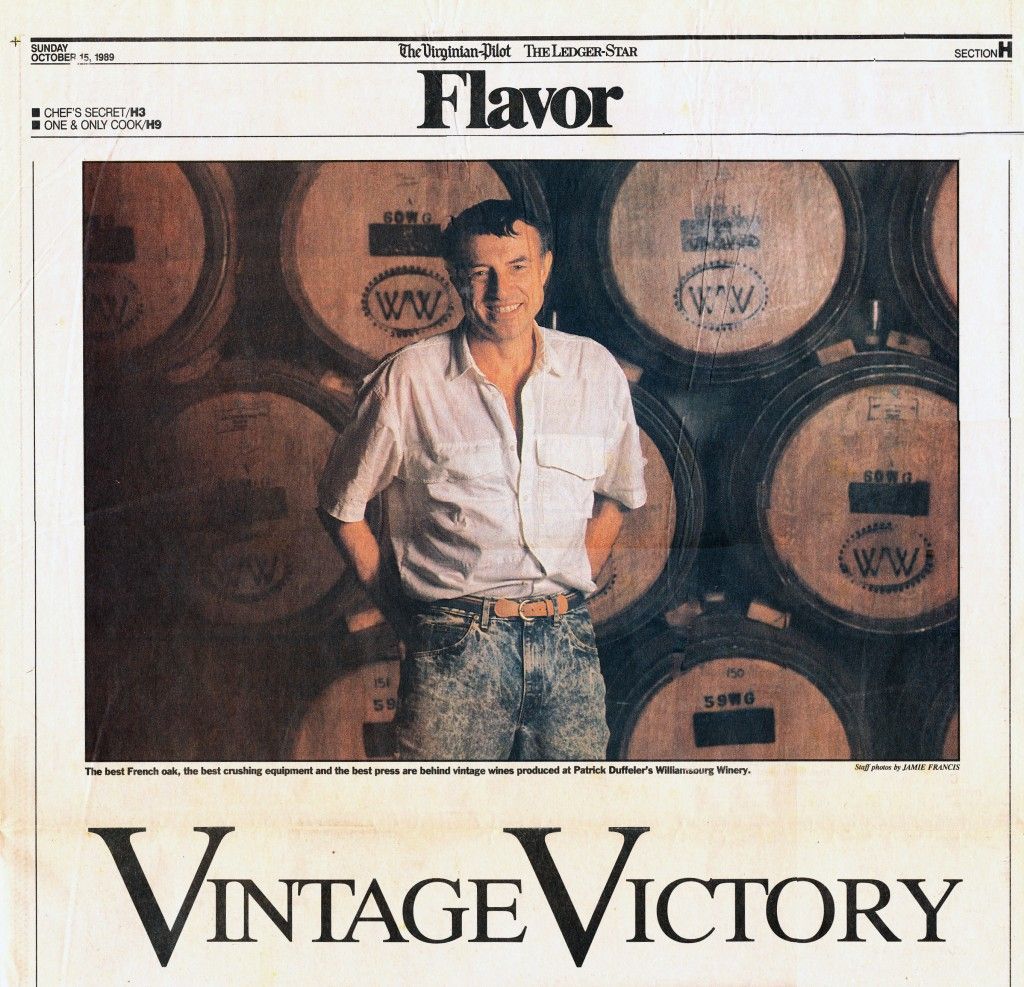
The next year, the Williamsburg Winery won the Governor’s Cup, the most stringent award for the best wine in the Commonwealth. Four gold medals were awarded that year. The Williamsburg Winery earned two: for its 1988 Williamsburg Reserve Chardonnay and its 1989 Acte 12 Chardonnay.
Treville Lawrence’s book released in 1989 titled “Jefferson and Wine,” included this reference to the Williamsburg Winery in the chapter “Jefferson’s Dream Come True.” The nation’s third president also had attempted to grow vines at Monticello, but it was another futile attempt.
Outstanding from another point of view was the establishment in coastal Jamestown -site of the first settler’s landing- of Williamsburg Vineyard and Winery by the Patrick G. Duffeler family. This was the spot where Captain John Smith exclaimed about the abundance of grapes growing in the trees and incorrectly predicted there would be unlimited winegrowing on the coast of the new continent. The Duffelers were the first after some 375 years to successfully plant the vinifera and make a quality wine in this heretofore inhospitable climate.
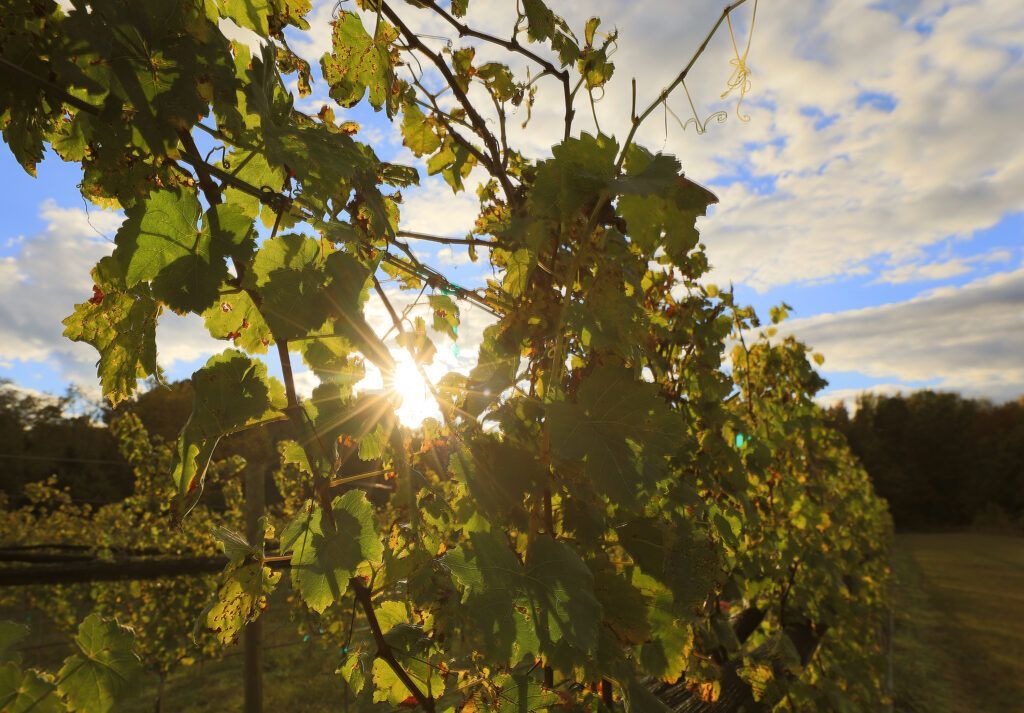
Virginia’s wine industry took root in the 1990s, and today the Commonwealth houses more than 300 wineries. The Williamsburg Winery remains at the forefront of that storied history that continues to thicken. The winery was instrumental in spearheading the Commonwealth’s eighth American Viticultural Area (AVA) in 2021. The eighth AVA, named for the Virginia Peninsula validates the unique terroir and growing conditions found there. The Williamsburg Winery is the largest winery in the Virginia Peninsula AVA, which contains seven others.
With over 4,000 acres of grapes that span the state, Virginia ranks among the 10 largest wine producers in the nation but as far as historical perspective, the Commonwealth is No. 1 as the birthplace of wine.
The post <strong>The Williamsburg Winery’s Special Place in Virginia Wine History</strong> appeared first on The Williamsburg Winery.
